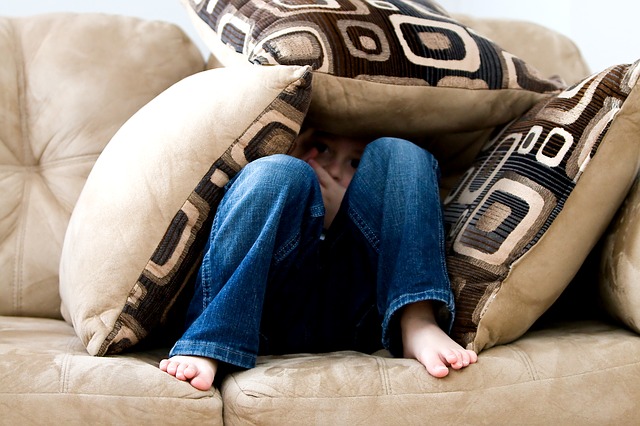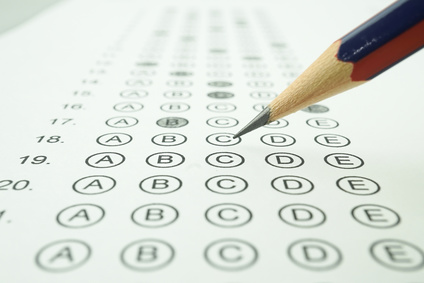 The Anxiety and Depression Association of America estimates anxiety-based school refusal affects 2 to 5 percent of school-age children. It is often triggered when students are transitioning into middle or high school. Doctors say it should be treated with flexibility and therapy – not punishment.
The Anxiety and Depression Association of America estimates anxiety-based school refusal affects 2 to 5 percent of school-age children. It is often triggered when students are transitioning into middle or high school. Doctors say it should be treated with flexibility and therapy – not punishment.
“Before you are even in the building, the mind is racing,” says Matt Doyle, a therapist and clinical social worker in Massachusetts. He tells Here & Now’s Robin Young, it’s like “the domino effect.”
The cause of school refusal is different for every child, but Emanuel Pariser, of the Maine Academy of Natural Sciences, says it likely reflects the heightened state of stress and anxiety in today’s society.
Some schools are employing new strategies. The Threshold Program at the Maine Academy of Natural Sciences, which is a public charter high school, sends teachers into the homes of students. The school is four weeks into the program. Twenty-one students are enrolled, 18 of whom are diagnosed or identify as having some type of social anxiety.
Teachers develop a curriculum for each student that is tailored to something that interests them, Pariser says.
“We want them engaged in the act of learning,” he says, which begins with developing trust between the teacher and student.
Similar to the Threshold Program, Doyle, the clinical social worker from Massachusetts, calls his work “home-based intervention,” in which he and his colleagues observe parents’ struggles to get a child to school.
“I typically pull up a chair next to this child’s bed, and we talk about what’s going on, ‘Help me understand a little bit about what is happening this morning,’ ” Doyle says. “And the things I hear about are very diverse,” ranging anywhere from social bullying to online harassment.
Doyle says by reframing chronic absenteeism as a mental health issue — not a behavioral problem — helps children ease back into the classroom.
For example, having a greeter at the school, making it feel like a welcoming environment for that child to come to, versus, ‘Two more times and the truancy officer will be coming to your home,’ ” Doyle says.
Excerpted from ” Educators Employ Strategies To Help Kids With Anxiety Return To School” on NPR.org. Read the full article .
Source:NPR.org, Educators Employ Strategies To Help Kids With Anxiety Return To School, http://www.npr.org/2017/10/16/558097820/educators-employ-strategies-to-help-kids-with-anxiety-return-to-school | © 2017 npr
Do you need someone to talk to? We invite you to call our Care Coordinators at 650.688.3625 or email us at careteam@stage.chconline.org to set up an initial consultation appointment.





